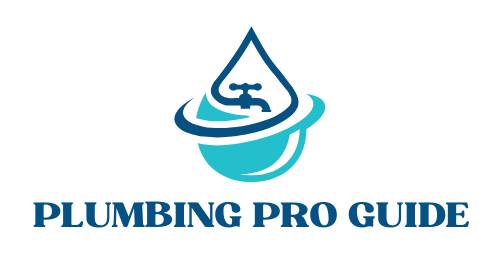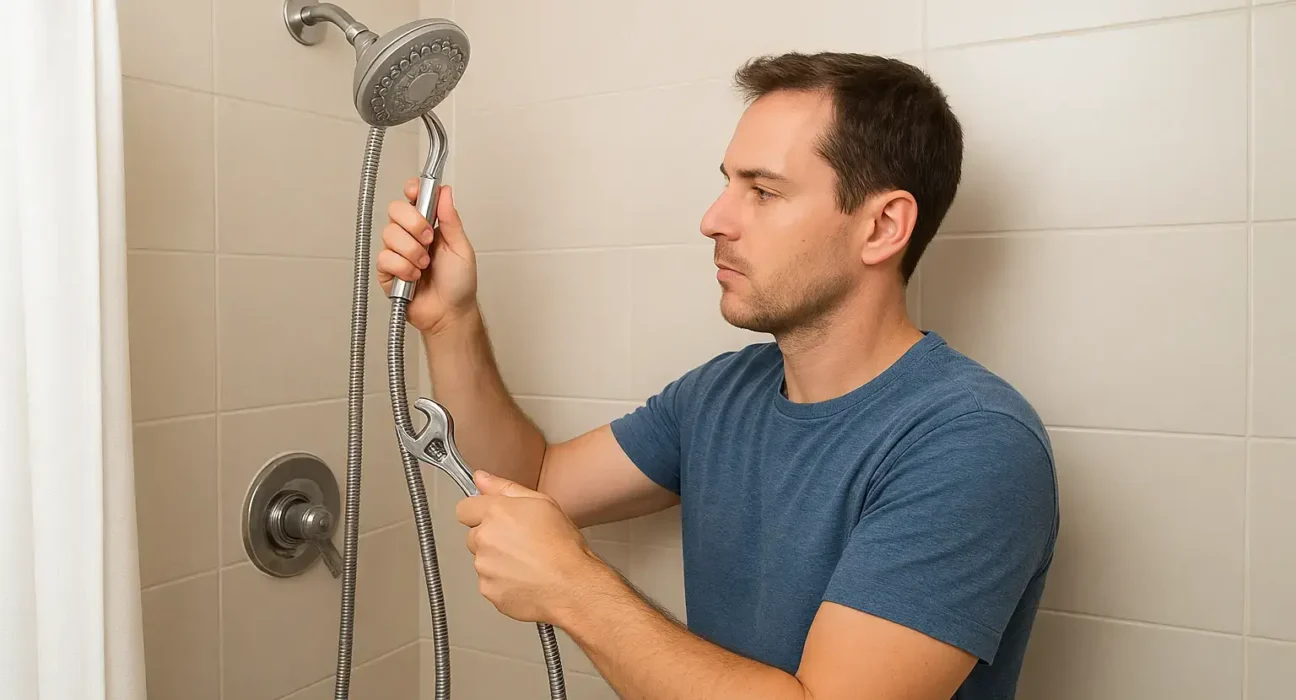There’s nothing more frustrating than stepping into the shower expecting a refreshing blast of water only to be met with a weak trickle. Low water pressure in shower only is a common issue many homeowners face, especially in older bathrooms or homes with hard water.
This guide explains how to identify the cause of low water pressure in bathroom shower fixtures and provides step-by-step methods to restore full water flow using simple tools and easy home techniques. For more insights, visit Plumbing Pro Guide to learn expert tips for improving household water systems.
Common Causes of Low Water Pressure in Bathroom Shower
Before jumping into fixes, it’s important to understand why you’re experiencing low water pressure in shower only (and not in other faucets). The main culprits usually fall into one of these categories:
Clogged Showerhead:
Mineral deposits (especially from hard water) or dirt buildup block the tiny holes in your showerhead, restricting water flow.
Partially Closed Valve:
The main water valve or the shower’s individual shut-off valve may not be fully open.
Old or Faulty Showerhead:
Over time, showerheads can corrode or simply wear out, affecting performance.
Water Restrictor Device:
Many modern showerheads include a built-in flow restrictor to conserve water. While good for saving water, it can reduce pressure significantly.
Plumbing Leaks:
Even small leaks in your home’s plumbing system can lower pressure to your bathroom fixtures.
Low Pressure from Source:
Sometimes, the issue lies outside your home — such as municipal supply problems or outdated piping systems.
Step 1: Check Other Faucets
Before you start unscrewing anything, test the water pressure in other faucets around your home:
-
- If all faucets have low water pressure in bathroom, the issue may be with your main water line or pressure regulator.
-
- If only the shower has low pressure, the problem is likely local within the showerhead or nearby plumbing.
For comparison, see how this can differ from low water pressure in the kitchen, which often stems from faucet aerators or sink valves.
Step 2: Clean the Showerhead
Low water pressure in bathroom shower is often caused by a clogged showerhead, and guess what, it’s one of the easiest problems to fix. Here’s how:
What You’ll Need:
-
- White vinegar
-
- Plastic bag
-
- Rubber band or twist tie
-
- Old toothbrush
Steps:
-> Remove the Showerhead: Unscrew it gently using your hand or a wrench (use a cloth to avoid scratching).
-> Soak in Vinegar: Place it in a bowl of white vinegar and leave it for 4–6 hours (overnight for tough buildup).
-> Scrub Gently: Use a toothbrush to clean any remaining debris.
-> Rinse and Reattach: Flush it with water and screw it back on.
-> Test the Flow: Turn on the shower to check the improvement.
Quick Tip: If you don’t want to remove the showerhead, fill a plastic bag with vinegar, attach it around the head using a rubber band, and let it soak in place. After a good minute, remove the plastic bag and tada, your low water pressure in bathroom issue is resolved.
Step 3: Remove or Adjust the Flow Restrictor
Most modern showerheads include a small plastic piece called a flow restrictor. You can remove or adjust it if your thier is low water pressure in bathroom.
How to Do It:
-> Detach the Showerhead.
-> Locate the Restrictor: It’s usually a small disk inside the connection where water enters the showerhead.
-> Use a Needle or Small Screwdriver: Gently pry it out or widen the hole slightly.
-> Reassemble and Test: Put the showerhead back and see if the pressure improves.
Note: Removing the restrictor may increase water usage, so be mindful if you’re in an area with water restrictions. For more detailed tips, refer to our should I call the plumber for low water pressure guide to know when DIY methods aren’t enough.
Step 4: Check Shower Valve and Main Water Valve
Sometimes, low water pressure in the shower is caused by a valve that isn’t fully open.
How to Check:
-
- Main Valve: Usually located where your main water line enters the house (often near a water meter or outside wall). Make sure it’s fully turned counterclockwise.
-
- Individual Valve: Some showers have a separate shut-off valve behind an access panel ensure it’s fully open.
Step 5: Look for Leaks
Leaks can cause low water pressure in bathroom without you realizing it.
Signs of Hidden Leaks:
-
- Damp spots on walls or ceilings near the bathroom.
-
- Musty smell or mold growth.
-
- Higher-than-usual water bills.
If you suspect a leak, turn off all faucets, note the water meter reading, and check again after an hour. If the meter has moved, water is leaking somewhere.
Small leaks can often be fixed with pipe tape or plumber’s putty, but larger ones might require professional help.
Step 6: Replace the Showerhead
If cleaning doesn’t help, your low water pressure in the shower issue might be due to an old or inefficient showerhead.
Steps:
-> Unscrew the old showerhead.
-> Wrap plumber’s tape around the shower arm threads (to prevent leaks).
-> Screw on the new showerhead by hand and tighten lightly with a wrench.
-> Test the water pressure.
Step 7: Check Your Pressure Regulator (if applicable)
Many homes have a water pressure regulator installed near the main line. If it’s faulty or set too low, your shower will suffer.
How to Test:
-> Buy a water pressure gauge (available at hardware stores).
-> Attach it to an outdoor faucet and turn on the water. Ideal home pressure: 40–60 psi
-> If it’s below 40 psi, the regulator might need adjustment or replacement.
By following the above steps, cleaning, checking valves, removing restrictors, or replacing old fixtures, most homeowners can restore strong, consistent water flow in less than an hour.
FAQS
How can I tell if the problem is with the showerhead or plumbing?
Turn on other faucets. If the issue is low water pressure in shower only, it’s likely a clogged showerhead or restrictor. If all faucets are weak, it’s a mainline or regulator problem.
How often should I clean my showerhead?
Every 3–4 months, especially in hard water areas. Regular cleaning helps prevent buildup and keeps water flow strong.
How do I clean a showerhead without removing it?
Fill a plastic bag with white vinegar, secure it around the showerhead, let it soak for several hours, then rinse.
What is the ideal home water pressure?
Between 40–60 psi. Anything below 40 feels weak; above 80 can damage pipes.
How can I tell if my pressure regulator is bad?
Signs include fluctuating pressure, banging noises, or low pressure in all fixtures. Replacement may be needed if the adjustment doesn’t help.
Will a high-pressure showerhead really make a difference?
Yes! High-pressure models maximize flow and are perfect for fixing low water pressure in shower only situations.


